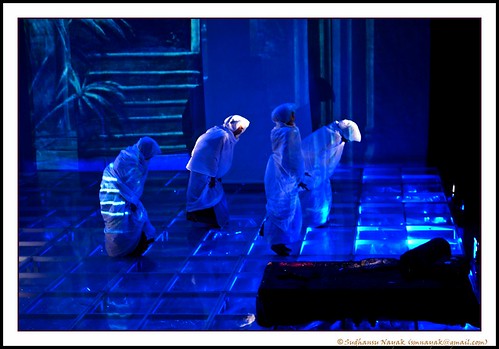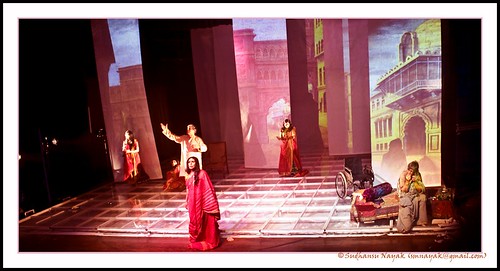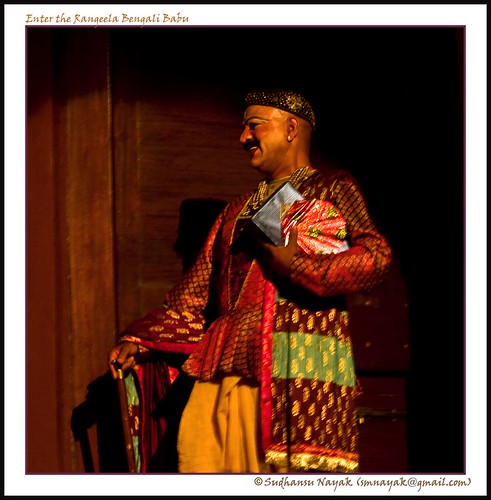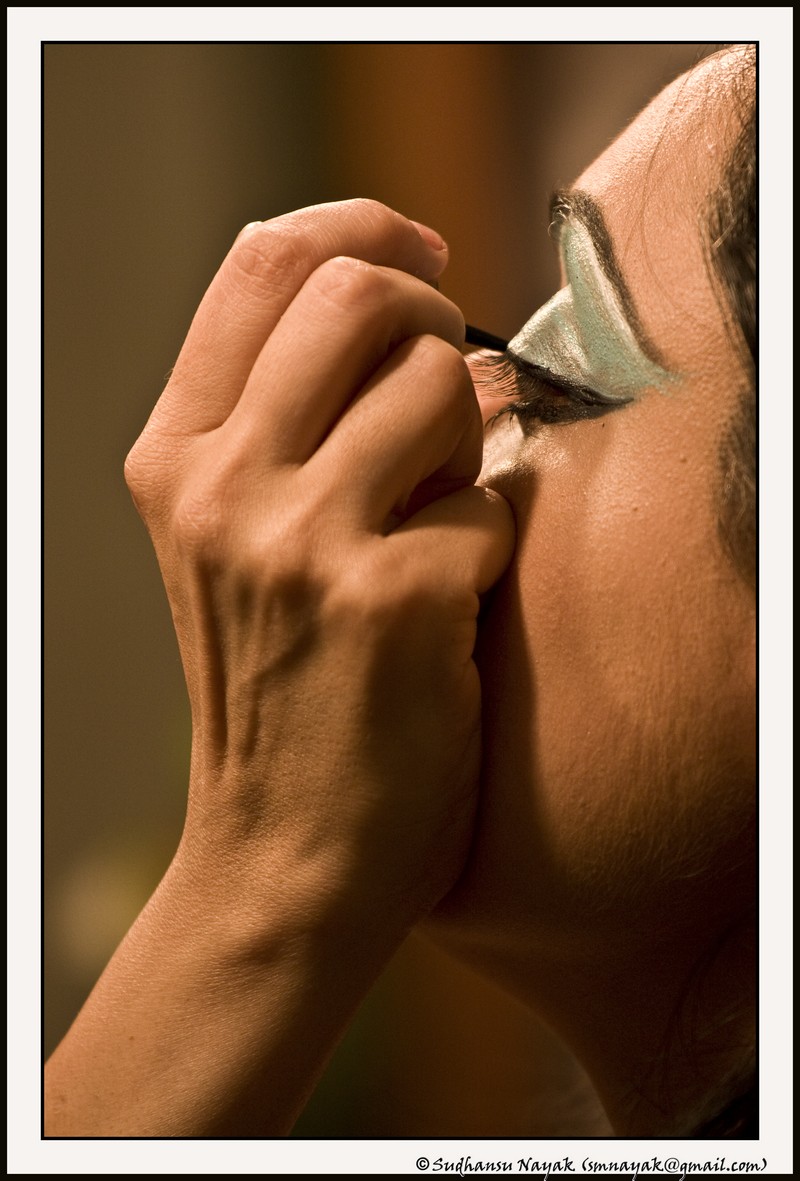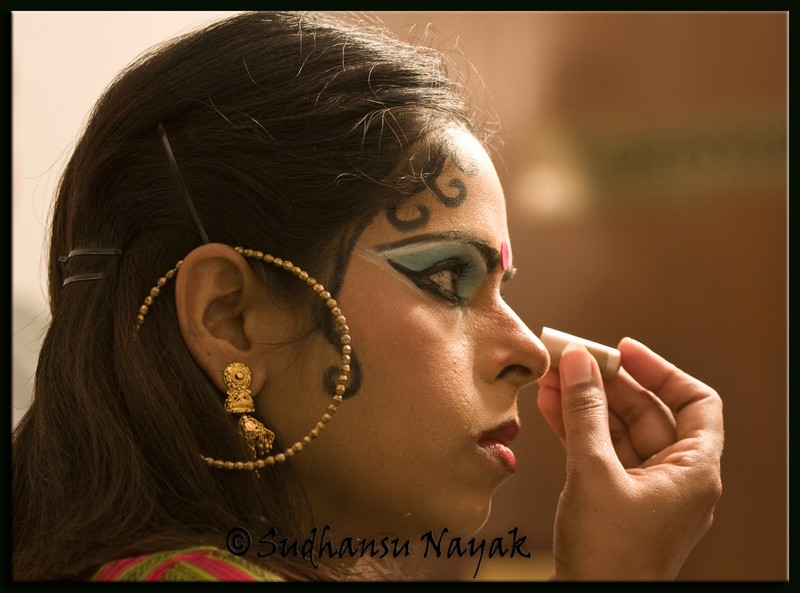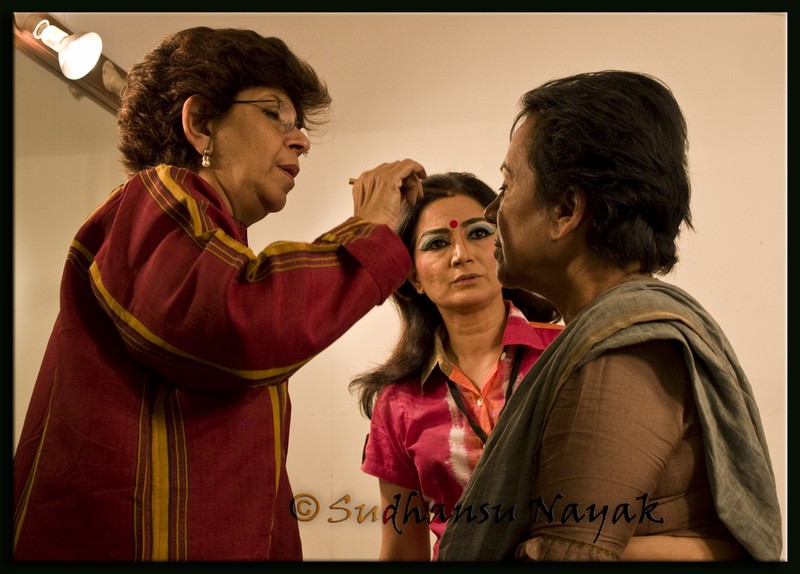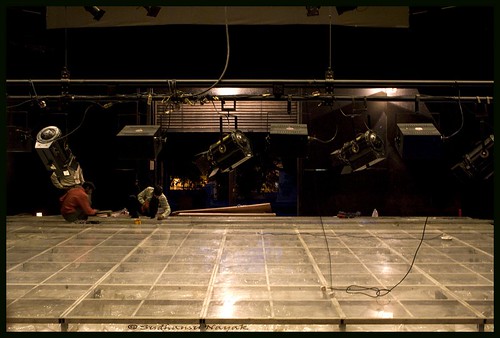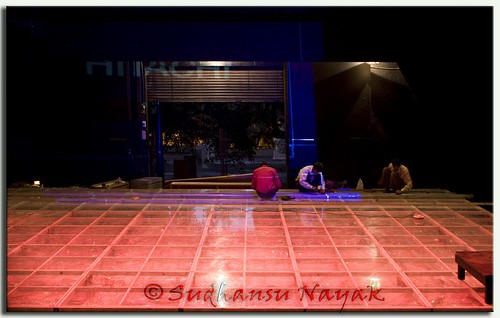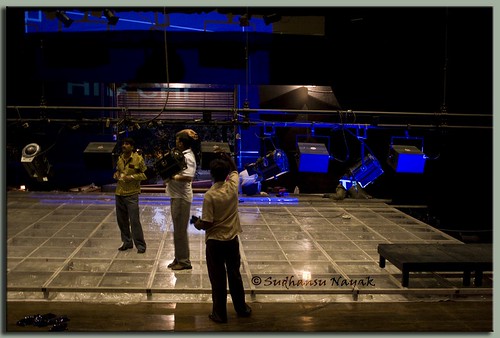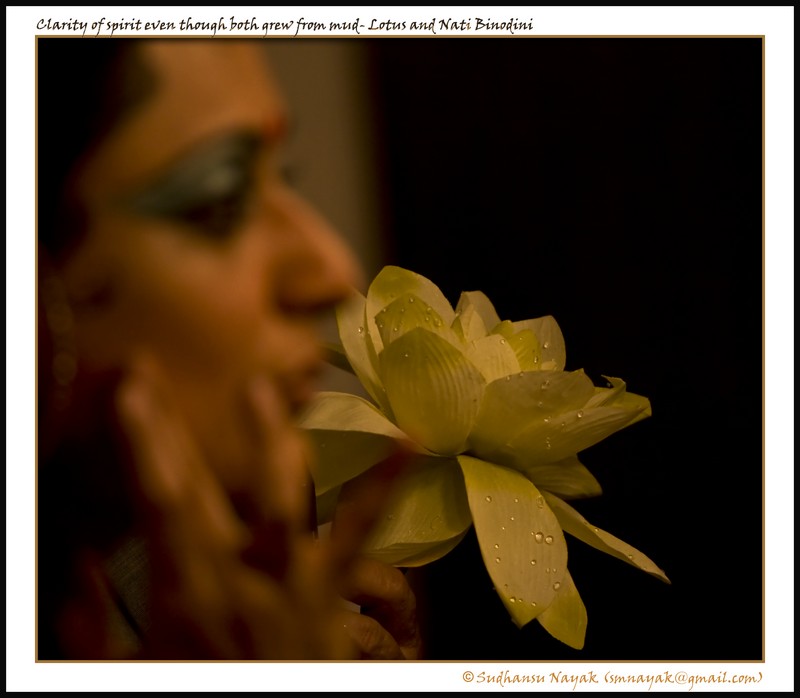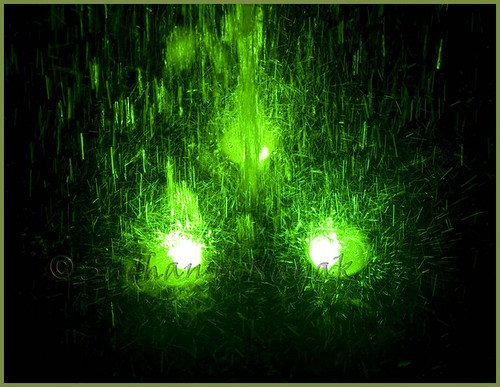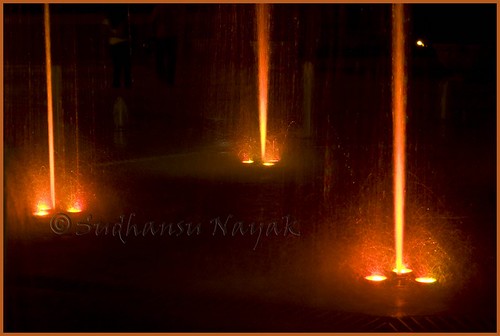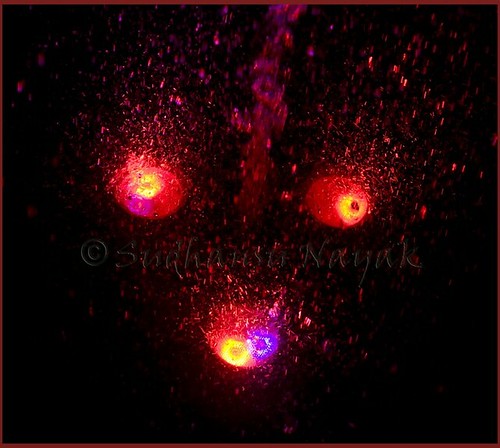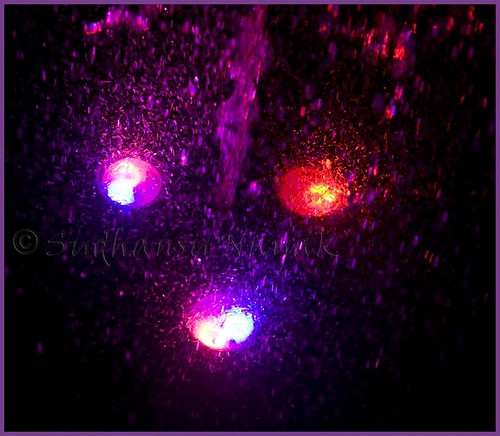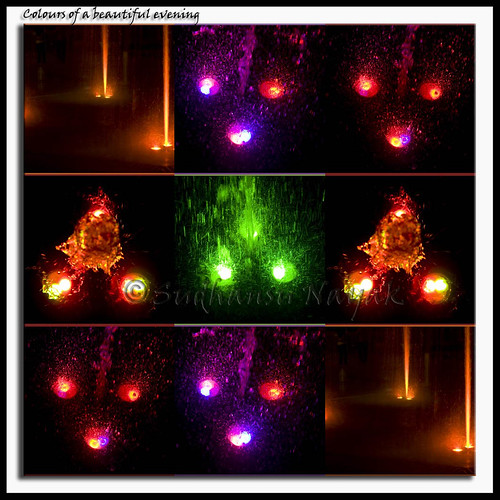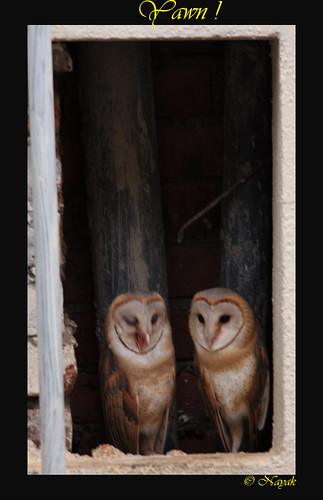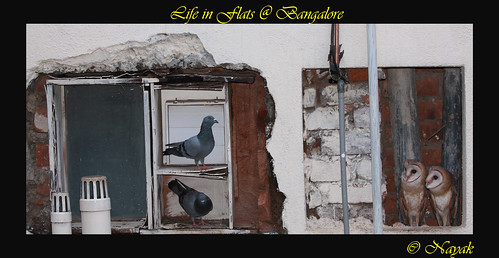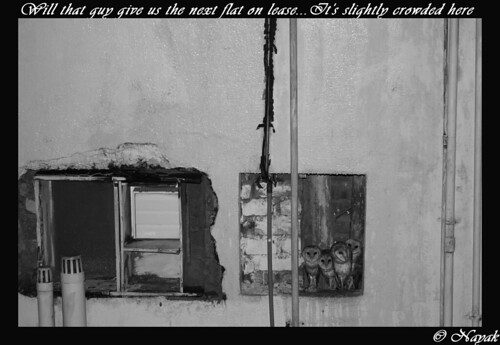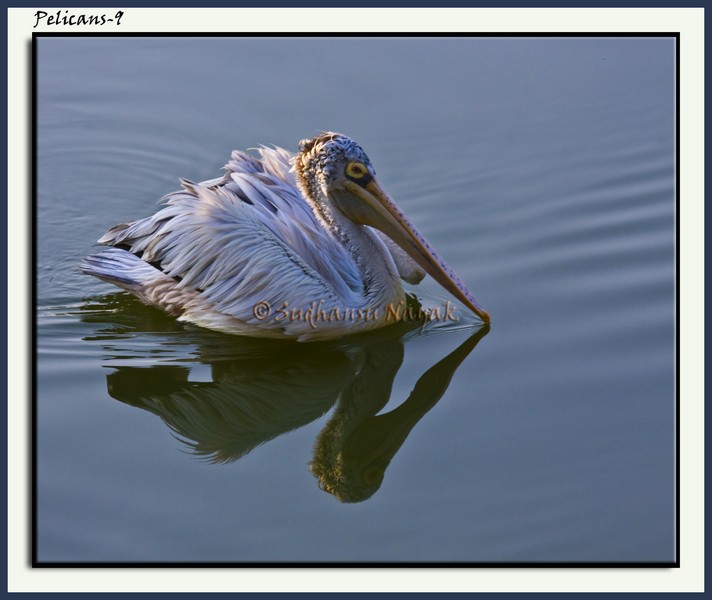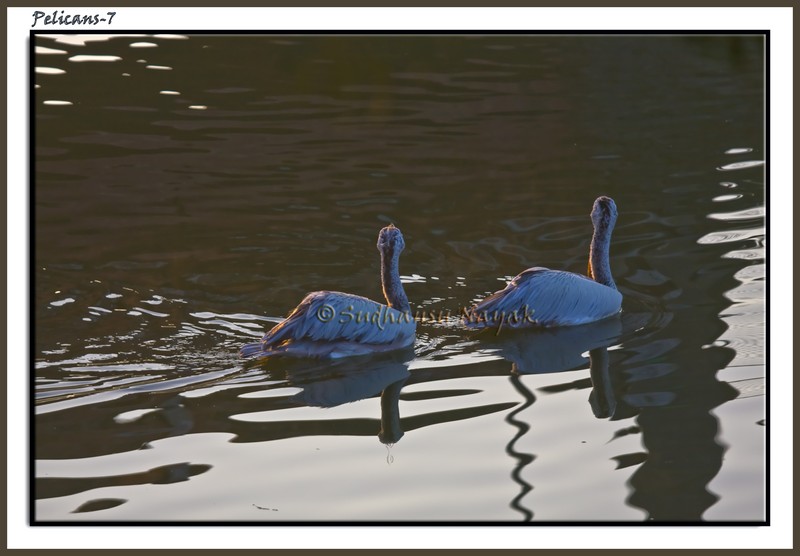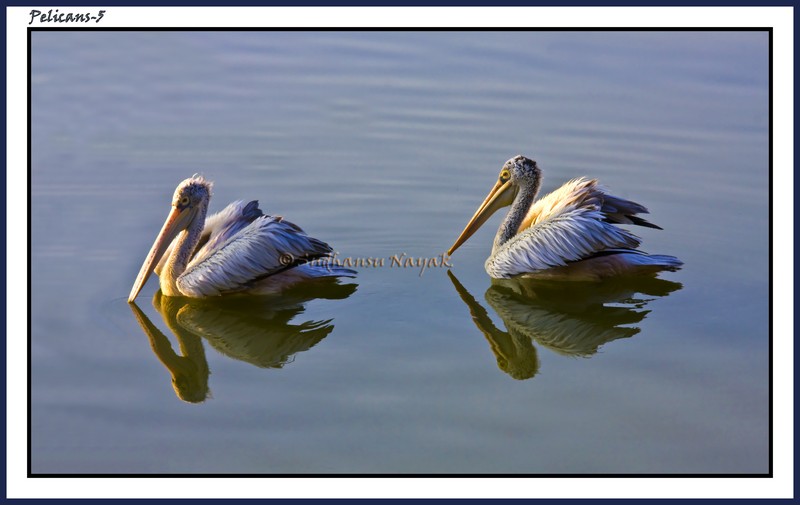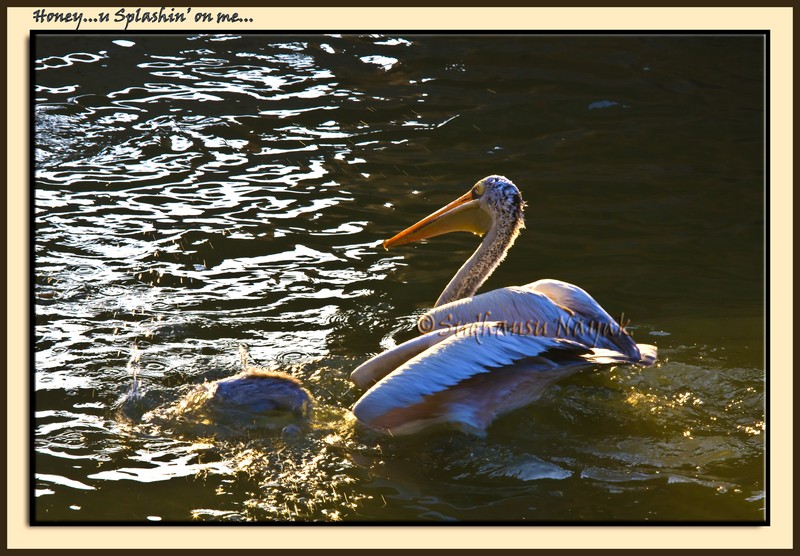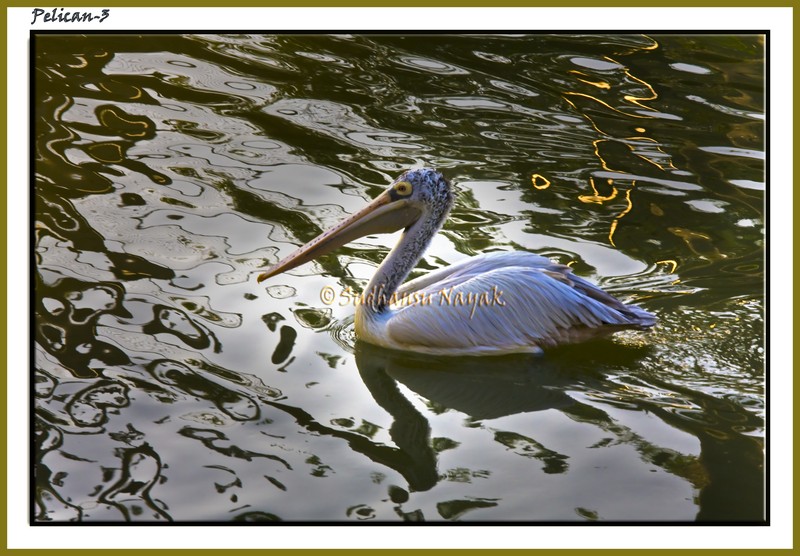Lingaraaj means 'the king of Lingas', 'Linga' or 'Lingam' being the symbol of Lord Shiva worship. The temple is more than 1000 years old, dating back in its present form to the last decade of the eleventh century, though there is evidence that parts of the temple have been there since sixth century AD as the temple has been emphasized in some of the seventh century Sanskrit texts. This is testimony to its sanctity and importance as a Shiva shrine.[1] By the time the Lingaraj temple was constructed, the Jagannath (form of Vishnu) cult had been growing, which historians believe is evidenced by the co-existence of Vishnu and Shiva worship at the temple.
The temple is traditionally believed, though without historical authentication, to be built by the Somavanshi king Jajati Keshari, in 11th century AD. Jajati Keshari had shifted his capital from Jajpur to Bhubaneswar which was referred to as Ekamra Kshetra in the Brahma Purana, an ancient scripture.
The Lingaraj temple stands majestically as the largest temple in Bhubaneswar. At 55 metres high, it dominates the landscape with 150 smaller shrines in its spacious courtyard and is surrounded by massive walls lavishly decorated with beautiful sculptures.
And now the challenge:
I have been trying to capture the various hues of Lingaraj Temple for sometime now. There is a ban on photography inside Lingaraj Temple and no authority other than the temple trust is authorised to allow photography inside the temple premises. And when my request was declined, my resolve doubled. And the lame excuse that was given (that there are many nude 3-D portraits inside the temple, which people shoot and that creates a bad name for the temple...awwww!!! Come on, this is our culture and we have as much right to the culture as these fellows are), my resolve trebled.
What I tried to overcome the problem:
I did at least 10 rounds around the boundary walls of the temple complex and ear-marked places, from where I will get clean shots of the temple. Post that, I started talking to the locals to give me access to the terraces of their buildings so that I get a closer view of the temple. Loaded with a 70-200 and 18-55, I started with these locations one by one.
This shot was taken from the third floor terrace of the Municipal hospital terrace on the west side. I was chased by the hospital ward boys for having reached the terrace(all entry doors to terrace were locked) and how I reached the terrace, u don't want to know.This is the southern side of the temple premises. I think this is the only shot of Lingaraj Temple in the world from this angle :-) Do u see that telecom tower on the right side-To take a good shot, I was thinking of scaling the tower and taking an aerial view. Couldn't succeed because of police protection that day. Next time, will try again...

This was taken from the South-east terrace of a shopping complex building...

This shot was taken from the terrace of the Municipal hospital terrace on the west side.The whitish platform on the left side is the visitor's platform. This was built during Lord Curzon's time when he wanted to see whether the premises were used for mutiny!!! All the foreigners who want to see the temple use this place for viewing and photography.

One more from there..A tilt might be felt. The temple structure allowed this as the straightest frame
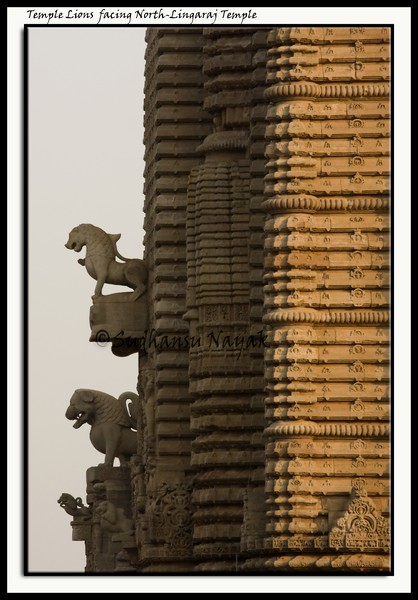
This was taken from the visitor's gallery during the sunrise:
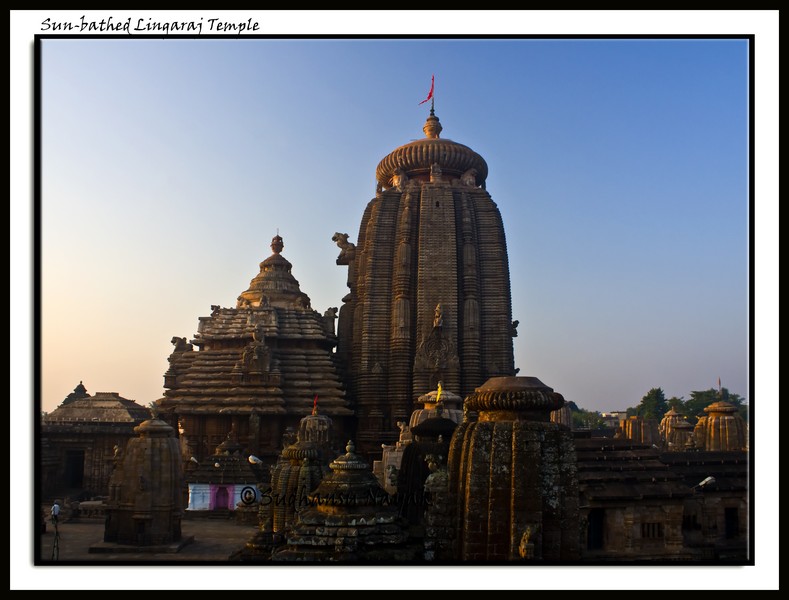
And this was taken from far away on the opposite side of Bindusagar Lake...
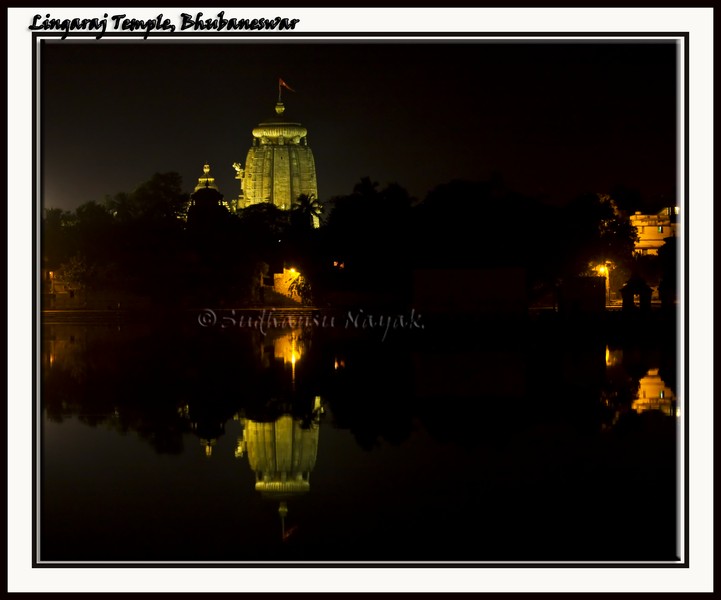
I had a great time with the little escapades with the project. Hope u enjoyed it too.
